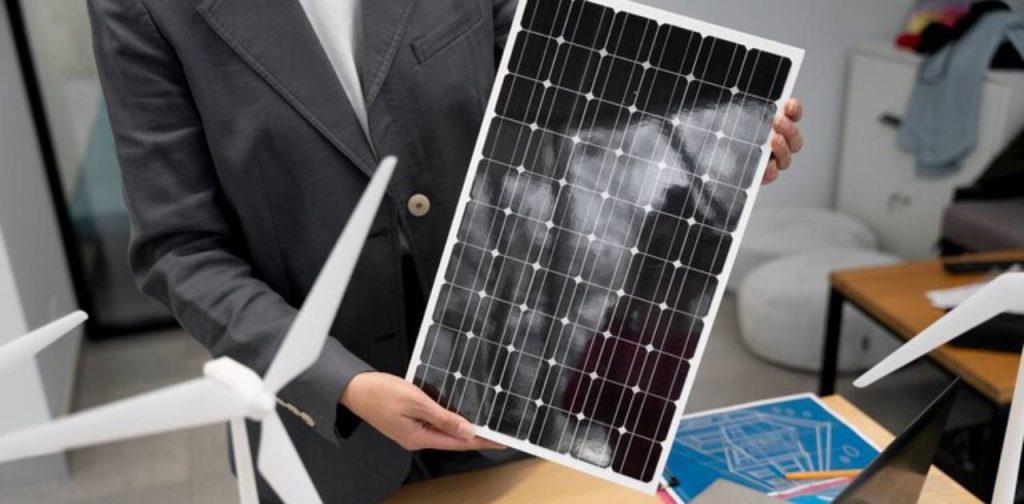Introduction
The integration of solar energy into the power grid is a critical step towards a sustainable energy future. Solar energy, being a renewable and abundant source of power, has the potential to significantly reduce our reliance on fossil fuels and decrease greenhouse gas emissions. However, integrating this intermittent energy source into the grid presents several challenges and opportunities.
The Potential of Solar Energy
Solar energy has immense potential due to its abundance and availability across the globe. With advancements in photovoltaic technology, the efficiency of solar panels has improved significantly, making solar energy a viable alternative to traditional energy sources. Moreover, solar power plants can be decentralized, enabling energy generation even in remote areas with no access to the grid.
Challenges in Integration
Despite its potential, the integration of solar energy into the grid is not without challenges:
Intermittency
Solar energy is an intermittent source of power; it is only available when the sun is shining. This variability can cause fluctuations in the power grid, which need to be managed to ensure a stable electricity supply.
Infrastructure
The existing power grid infrastructure was designed for centralized power plants, not for distributed energy resources like solar power. Therefore, integrating a significant amount of solar energy into the grid may require upgrades to the infrastructure
Energy Storage
Due to the intermittent nature of solar energy, there is a need for efficient energy storage solutions. Energy storage technologies, like batteries, can store excess solar power produced during the day for use during the night or cloudy days.
Opportunities and Solutions
Despite these challenges, there are several opportunities and solutions for integrating solar energy into the grid:
Smart Grids
Smart grids use digital technology to monitor and manage the transport of electricity from all generation sources to meet the varying electricity demands of end users. Smart grids can handle the variability and decentralization of solar energy, making the integration easier.
Net Metering
Net metering allows residential and commercial customers who generate their own electricity from solar power to feed electricity they do not use back into the grid. This can effectively reduce the demand on the grid, and also allows consumers to offset the cost of their power usage
Advances in Energy Storage
Advancements in energy storage technologies are making it more efficient and affordable to store solar energy. These advancements are crucial in ensuring a steady supply of solar power, even when the sun is not shining.
Conclusion
The integration of solar energy into the power grid is a complex task that presents both challenges and opportunities. However, with the advancements in technology and the urgent need for sustainable energy sources, it is a task that we must undertake. As we continue to innovate and improve these technologies, a future where our power grid is dominated by renewable energy becomes increasingly possible.





